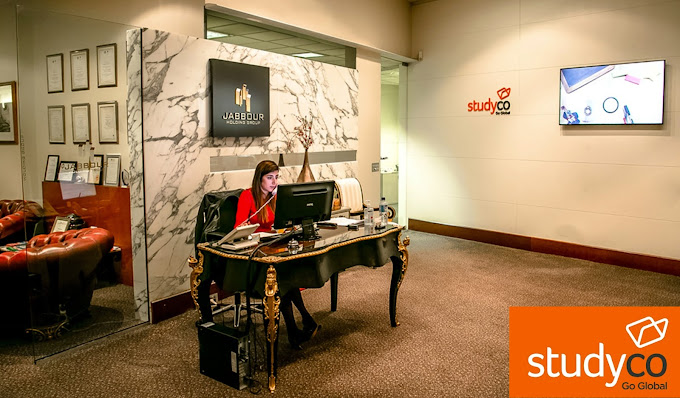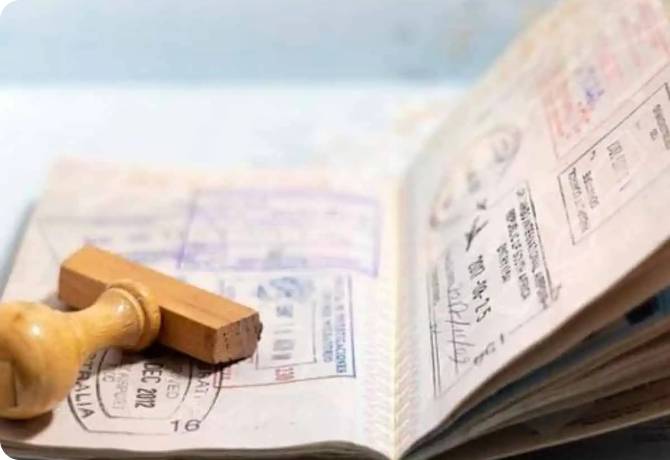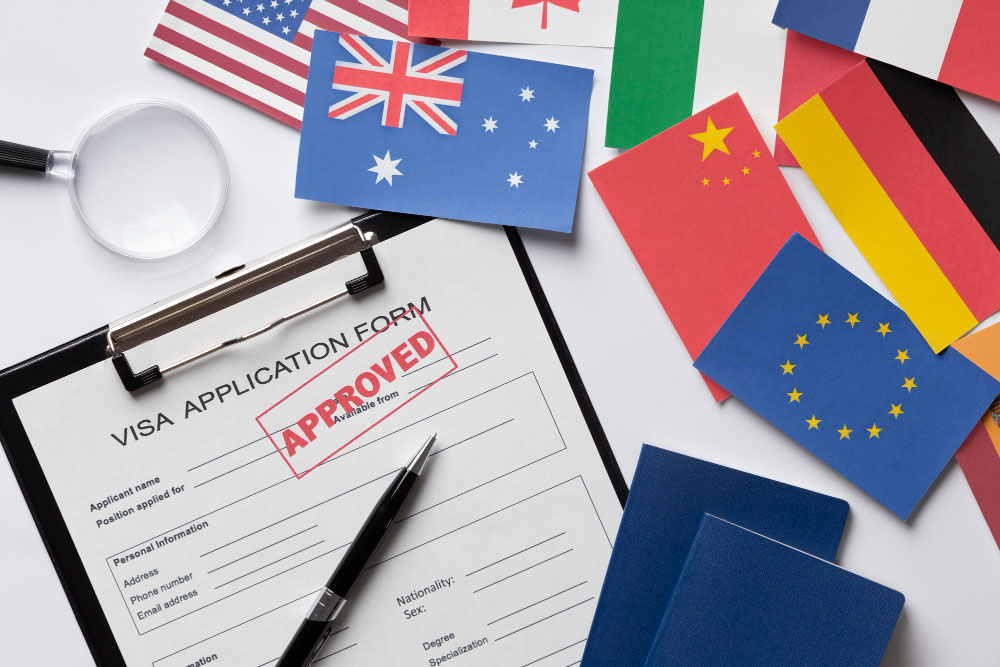The Australian Working Holiday Visa offers young travelers a unique opportunity to work, explore, and experience life in Australia while funding their stay. Whether it’s working in a café in Sydney, picking fruit on a farm in Queensland, or traveling along the Great Ocean Road, this visa allows individuals to immerse themselves in Australia’s diverse culture and job market. With the flexibility to work short-term jobs, study for up to four months, and travel freely, it’s an ideal option for those looking to combine adventure with practical work experience.
There are two types of Working Holiday Visas, Subclass 462 and 417. While they offer similar benefits, Subclass 462 has additional requirements, such as educational qualifications or government support. To extend their stay, visa holders can complete specified regional work, making them eligible for a Second or Third Working Holiday Visa. This allows up to three years of work and travel, providing a unique opportunity to gain international experience while exploring Australia’s cities, beaches, and rural landscapes.
If we grant you another visa (such as an eVisitor (subclass 651) or Transit (subclass 771) visa) while you are holding your Working Holiday Maker (WHM) visa (subclass 417 or subclass 462), your WHM visa will cease on the date the other visa is granted. This may prevent you from working in Australia and applying for another WHM visa.
Working Holiday Visa in Australia is a temporary visa that allows young travelers to work, study, and explore the country while supporting themselves financially. It is designed for cultural exchange and short-term employment. It offers work flexibility, permits up to four months of study, and allows multiple entries, with options to extend by completing specified regional work.
The working holiday visa program offers young individuals a unique opportunity to experience Australia’s culture, job market, and lifestyle while funding their travels. By working in various industries such as hospitality, agriculture, and tourism, visa holders can gain international work experience and build valuable skills.
Australia offers two types of Working Holiday Visas: Subclass 417 (Working Holiday Visa) and Subclass 462 (Work and Holiday Visa). Both visas require individuals to have AUD 5,000 to support their finances while in Australia and manage fares when they leave the country at the end of their visa. While both visas allow young travelers to work, study, and explore Australia, they differ in eligibility criteria and country-specific requirements.
The Subclass 417 Working Holiday Visa is available to young travelers from Commonwealth countries such as the United Kingdom, Canada, Japan, and Germany, as well as several other eligible nations. It allows holders to work and travel in Australia for up to 12 months, providing a unique opportunity to gain international work experience while exploring the country. The visa is not tied to a specific employer, meaning individuals can take up short-term jobs in various sectors, including hospitality, tourism, agriculture, and construction. This flexibility makes it an excellent choice for those seeking both employment and adventure in Australia.
A key advantage of the Subclass 417 visa is the option to extend it for a Second or Third Working Holiday Visa by completing specified regional work in industries such as farming, fishing, tree planting, bushfire recovery, construction, and tourism. Unlike Subclass 462, this visa does not require a government letter of support or specific educational qualifications, making it easier for eligible applicants to obtain one. Additionally, visa holders can study for up to four months and leave and re-enter Australia multiple times during their stay.


The Subclass 462 Work and Holiday Visa is designed for passport holders from countries that have special agreements with Australia, such as the United States, China, Indonesia, Brazil, Thailand, and Argentina. While it offers the same 12-month work and travel opportunities as Subclass 417, applicants must meet additional eligibility requirements, including minimum educational qualifications and, in some cases, a letter of government support, including Ecuador, Greece, Indonesia, Peru, and Thailand. The visa allows individuals to gain work experience in Australia while also immersing themselves in the country’s diverse culture and landscapes.
Unlike Subclass 417, which primarily caters to Commonwealth countries, the Subclass 462 visa includes applicants from a wider range of nations but comes with stricter eligibility criteria. Visa holders can also apply for a Second or Third Working Holiday Visa, but they must complete specific work requirements in industries such as northern Australian tourism, hospitality, or agriculture. The limited number of places available for certain countries means applicants should apply early, as quotas may fill up quickly.
The Australian Working Holiday Visa is available to young travelers who meet specific age, nationality, financial, and character requirements. The visa is designed for individuals who want to work, study, and explore Australia while funding their stay. Below are the key eligibility criteria for both Subclass 417 and Subclass 462 visas.

The Working Holiday Visa (WHV) for Australia allows young travelers to stay in the country for up to three years through a staged visa system. Initially, holders are granted a 12-month stay, with the option to apply for a Second and Third Working Holiday Visa by meeting specific work requirements. These extensions require completing specified work in regional Australia, such as agriculture, construction, bushfire recovery, and tourism.
To apply for an additional WHV, visa holders must ensure they meet the eligibility criteria, complete the required work, and submit their application before their current visa expires. Processing times typically range from 1 to 65 days, and the visa application fee is approximately AUD 640 (subject to change).


Working Holiday Visa holders can work in Australia with some restrictions and study for up to 4 months. The visa is designed for short-term employment, allowing holders to gain work experience while traveling. However, visa holders cannot work for more than 6 months with the same employer, except in specific circumstances. Study opportunities are also limited to four months, making this visa ideal for those who want to take short courses while exploring Australia.
Working Holiday Visa holders can work in various industries but are generally restricted to a maximum of six months per employer unless an exception applies. This rule ensures that the visa remains a cultural exchange program rather than a long-term employment pathway. Many visa holders find jobs in agriculture, hospitality, tourism, and construction, as these industries actively hire short-term workers.
What are the different types of work allowed during the Visa Period?
Visa holders can take up short-term employment in several sectors, including:
Under the Working Holiday Visa (Subclass 417 and 462), visa holders can study in Australia for up to four months. This allows travelers to take short-term courses, such as language classes, professional training, or certification programs. Many visa holders use this opportunity to improve their English skills or gain qualifications that may help them secure jobs while traveling.
Those looking for longer study programs should consider applying for a Student Visa (Subclass 500), which allows for extended education without work restrictions.
The cost of an Australian Working Holiday Visa is approximately AUD 640, but this fee is subject to change based on government regulations. In addition to the application fee, applicants may need to cover additional expenses such as medical examinations, police checks, and health insurance, depending on their country of origin and individual circumstances. It is recommended that you check the Department of Home Affairs website for the latest fees and requirements before applying.
Applying for an Australia Tourist Visa involves a step-by-step process to ensure your application meets all eligibility and documentation requirements. Follow these steps for a smooth visa application process and increase the chances of a successful approval for your Australia tourist visa.
Before applying, ensure you meet all the requirements, including the age limit (18-30 or 18-35 for some countries), passport eligibility, and financial proof. Check the official Department of Home Affairs website to confirm your country’s eligibility.
Prepare the necessary documents, including:
You need to create an ImmiAccount to apply for the visa from the internet. Here is how you can create an ImmiAccount
Fill out the Working Holiday Visa application form with your details, travel history, and intended stay in Australia. Attach all required documents and carefully review the information before submission.
The visa application fee is approximately AUD 640, payable via credit card, PayPal, or other accepted payment methods. To avoid delays, ensure your payment is processed.
Once you have submitted your application, you should regularly check your ImmiAccount for updates. You may be asked for additional information or documents, such as health checks or biometrics. Processing times can vary, so you are advised to apply well in advance of your intended travel date.
Working Holiday Visa holders in Australia are subject to specific tax rules and must meet tax obligations while earning income. Understanding tax rates, filing requirements, and applying for a Tax File Number (TFN) is essential to avoid unnecessary penalties and ensure compliance with Australian tax laws.


Yes, you can extend your stay in Australia after a Working Holiday Visa by applying for a Second or Third Working Holiday Visa, provided you meet the specified work requirements in regional Australia.
If you are not eligible for further Working Holiday Visas, other pathways include transitioning to a Skilled Migration Visa, enrolling in a Student Visa (Subclass 500) for further studies, or obtaining Employer Sponsorship through a Temporary Skill Shortage (TSS) Visa (Subclass 482) if you secure a job in a high-demand occupation.
While health insurance is not mandatory for a Working Holiday Visa (Subclass 417 or 462), it is highly recommended to cover medical expenses, hospital visits, and emergency treatments during your stay in Australia. Visa holders may not have access to Medicare, Australia’s public healthcare system, unless they are from a country with a reciprocal healthcare agreement.
To avoid high out-of-pocket medical costs, travelers should consider overseas visitor health insurance (OVHC) or private health coverage tailored for Working Holiday Makers

The Australian Working Holiday Visa Program has undergone several policy updates affecting age limits, work requirements, and country eligibility.


A Working Holiday Visa offers a great opportunity to work, travel, and experience life in Australia. Proper planning is essential for a smooth and enjoyable stay, and below are key tips to help you make the most of your experience.